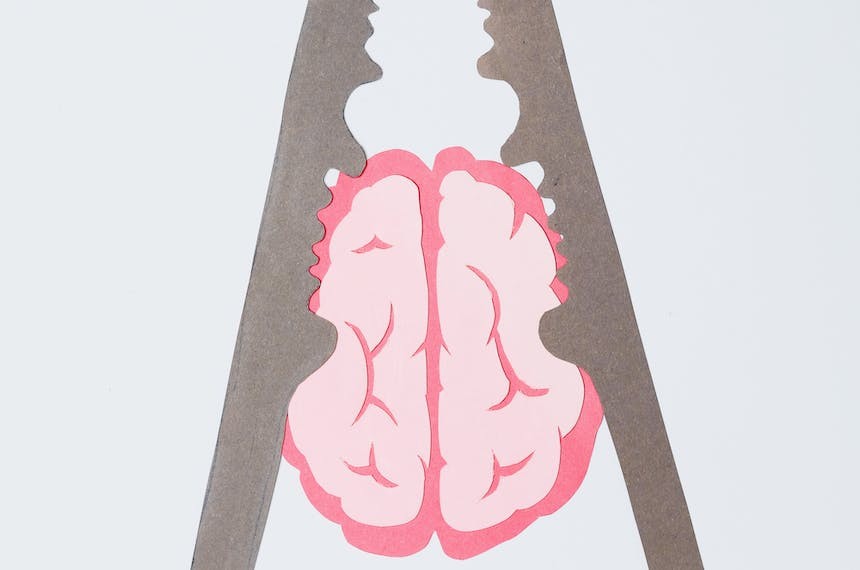
Brain Abscess
Brain abscesses are localized infections within the brain. They are often caused by bacteria, such as Staphylococcus aureus. Diagnosis is made through MRI, and treatment involves antibiotics like penicillin G, metronidazole, ceftriaxone, ceftazidime, and vancomycin, based on the source of the infection. Surgical drainage, either through needle aspiration or excision, is often necessary for diagnosis and treatment, especially in traumatic or fungal cases. Treatment duration varies, with immunocompromised patients needing longer therapy.
Introduction to Brain Abscess
Brain abscess is a focal collection within the brain parenchyma, which can arise as a complication of infections, surgery, or trauma. Infection could affect the brain tissue either by direct invasion (dental, nasal sinuses, middle ear) or through haematogenous spread. The most frequent causes of brain abscess are staphylococcus aureus, bacteroides fragilis and streptococcus viridians. Also, opportunistic organisms, such as, toxoplasma gondii, listeria, aspergillus could infect immunocompromised patients. Magnetic resonance imaging (MRI) brain is the imaging study of choice in brain abscess. (1, 2, 3) Successful management of a brain abscess requires a combination of antibiotics and surgical drainage for both diagnostic and therapeutic purposes. (4)
Antibiotic Treatment
A number of antibiotic agents could be chosen depending upon the likely origin of the abscess and the probable pathogen involved. These antibiotics include penicillin G, metronidazole, ceftriaxone, ceftazidime, and/ or vancomycin. Empiric antimicrobial therapy is advisable based on the presumptive source of the abscess. (5)
Empiric Antimicrobial Therapy
For patients with a brain abscess arising from an oral, otogenic, or sinus source and where the site of abscess is usually the temporal lobe; or frontal lobe); the recommend antibiotic treatment includes metronidazole (7.5 mg/kg [usually 500 mg] IV every eight hours) plus either ceftriaxone (2 g IV every 12 hours) or cefotaxime (2 g IV every six hours). For patients with a brain abscess from hematogenous spread (bacteremia or endocarditis, and where the site of abscess is in middle cerebral artery distribution), antibiotic treatment should additionally includes vancomycin. For brain abscess in postoperative neurosurgical patients, antibiotic treatment with vancomycin plus ceftazidime, or meropenem. For brain abscess following penetrating trauma, antibiotic therapy includes vancomycin plus ceftiaxone, and when the paranasal sinuses are involved, adding metronidazole is advisable. For brain abscesses with an unknown source, antibiotic therapy includes vancomycin, metronidazole, and ceftiaxone. (6, 7)
Culture-Directed Therapy
When the etiologic agent has been identified by culture, treatment regimens should be directed to that pathogen. For staphylococcus aureus, vancomycin should be used. If susceptibility testing reveals MRSA, therapy should be changed to nafcillin or oxacillin. The duration of antibiotics for brain abscess is prolonged, usually four to eight weeks. Immunocompromised patients may require a longer duration of therapy depending on initial size, causative pathogen, and response to therapy. (8)
Surgery for Brain Abscess
The neurosurgeon needs to be contacted at the time of initial diagnosis of a brain abscess. Needle aspiration (preferable) and surgical excision have both been used to treat brain abscess and are also required for diagnosis, prior to the initiation of antibiotic therapy if possible. Surgical excision is a more radical approach which generally results in greater neurological deficits and now is infrequently performed. However, excision may be the initial treatment of choice in traumatic brain abscesses, encapsulated fungal brain abscesses or multiloculated abscesses. (9)
References
1- Muzumdar D. Central nervous system infections and the neurosurgeon:
A perspective. Int J Surg. 2011;9:113–6.
2- Mathisen GE, Johnson JP. Brain abscess. Clin Infect Dis. 1997;25:763–79.
3- Menon S, Bharadwaj R, Chowdhary A, Kaundinya DV, Palande DA. Current epidemiology of intracranial abscesses: A prospective 5 year study. J Med Microbiol. 2008;57:1259–68.
4- Nathoo N, Nadvi SS, Narotam PK, Van Dellen JR. Brain Abscess: Management and Outcome Analysis of a Computed Tomography Era Experience with 973 Patients. World Neurosurg. 2011;75:716–26.
5- Sharma R, Mohandas K, Cooke RP. Intracranial abscesses: Changes in epidemiology and management over five decades in Merseyside. Infection. 2009;37:39–43.
6- Moorthy RK, Rajshekhar V. Management of brain abscess: An overview. Neurosurg Focus. 2008;24:E3.
7- Infection in Neurosurgery Working Party of the British Society for Antimicrobial Chemotherapy. The rational use of antibiotics in the treatment of brain abscess. Br J Neurosurg. 2000;14:525–30.
8-Arlotti M, Grossi P, Pea F, Tomei G, Vullo V, De Rosa FG, et al. Consensus document on controversial issues for the treatment of infections of the central nervous system: Bacterial brain abscesses. Int J Infect Dis. 2010;14(Suppl 4):S79–92.
9- Hall WA, Truwit CL. The surgical management of infections involving the cerebrum. Neurosurgery. 2008;62(Suppl 2):519–30.





